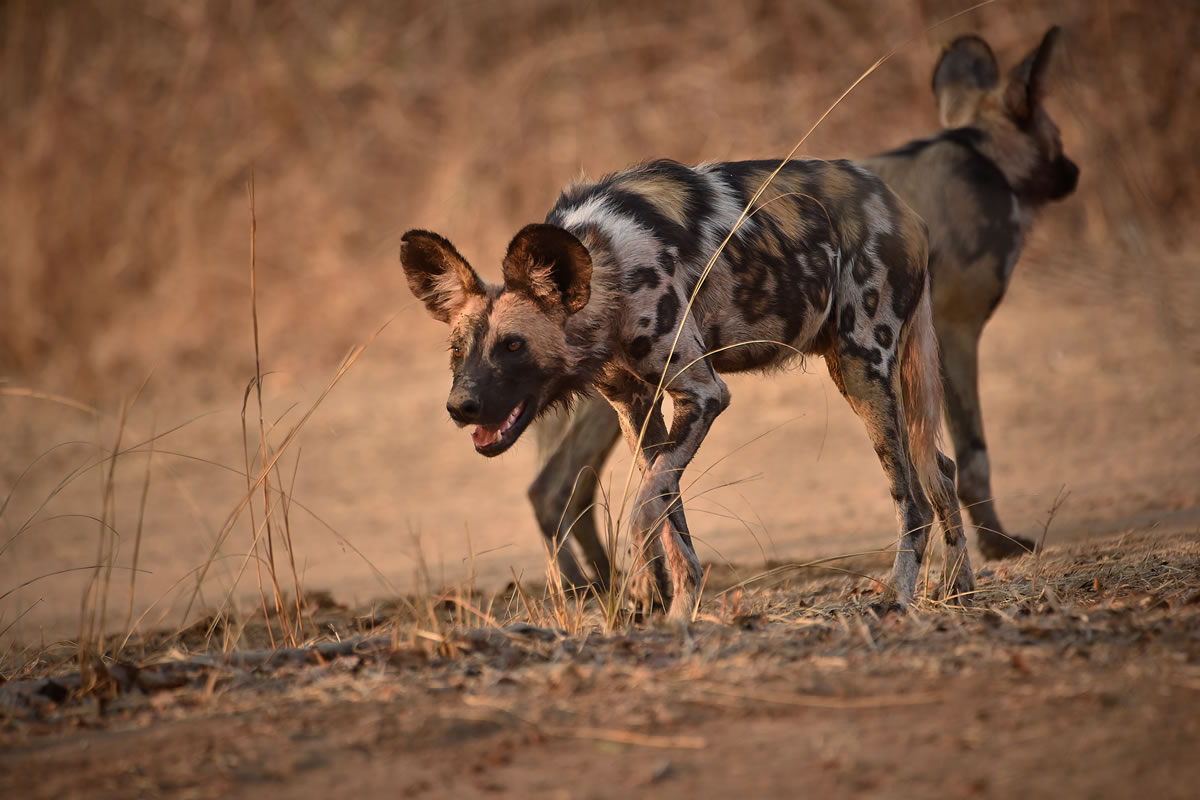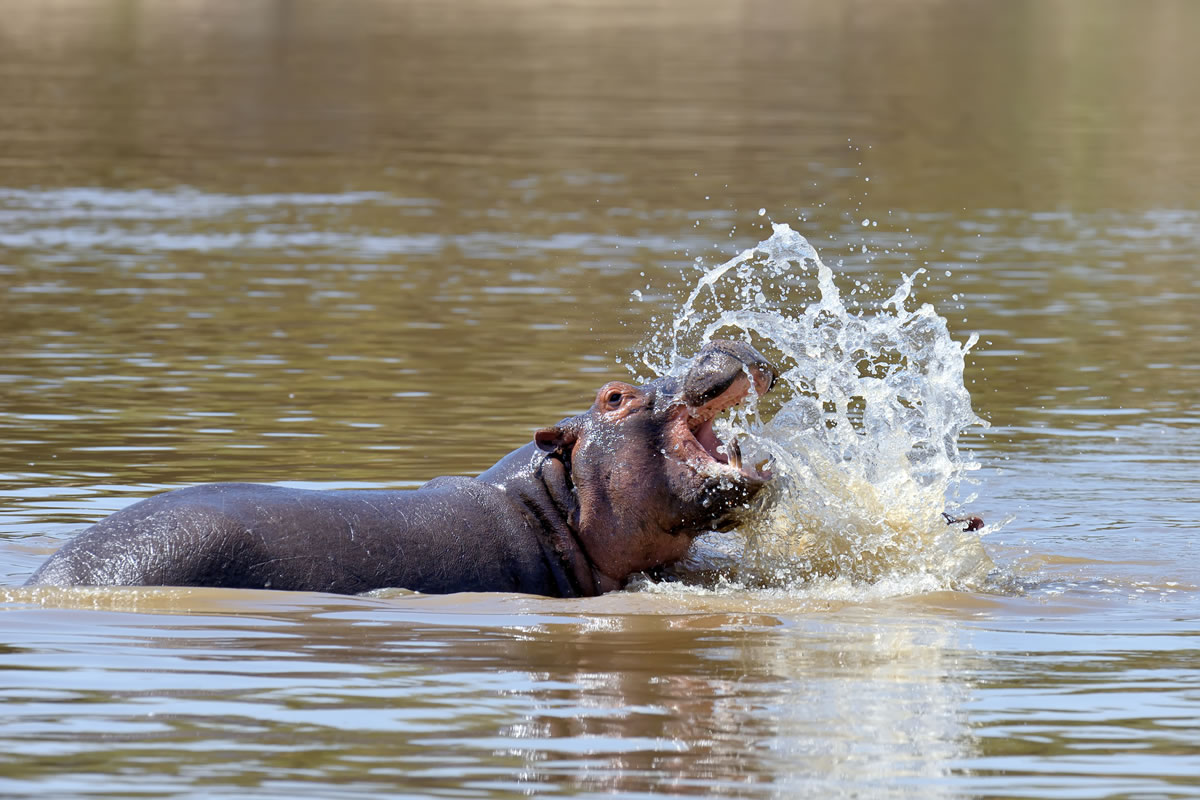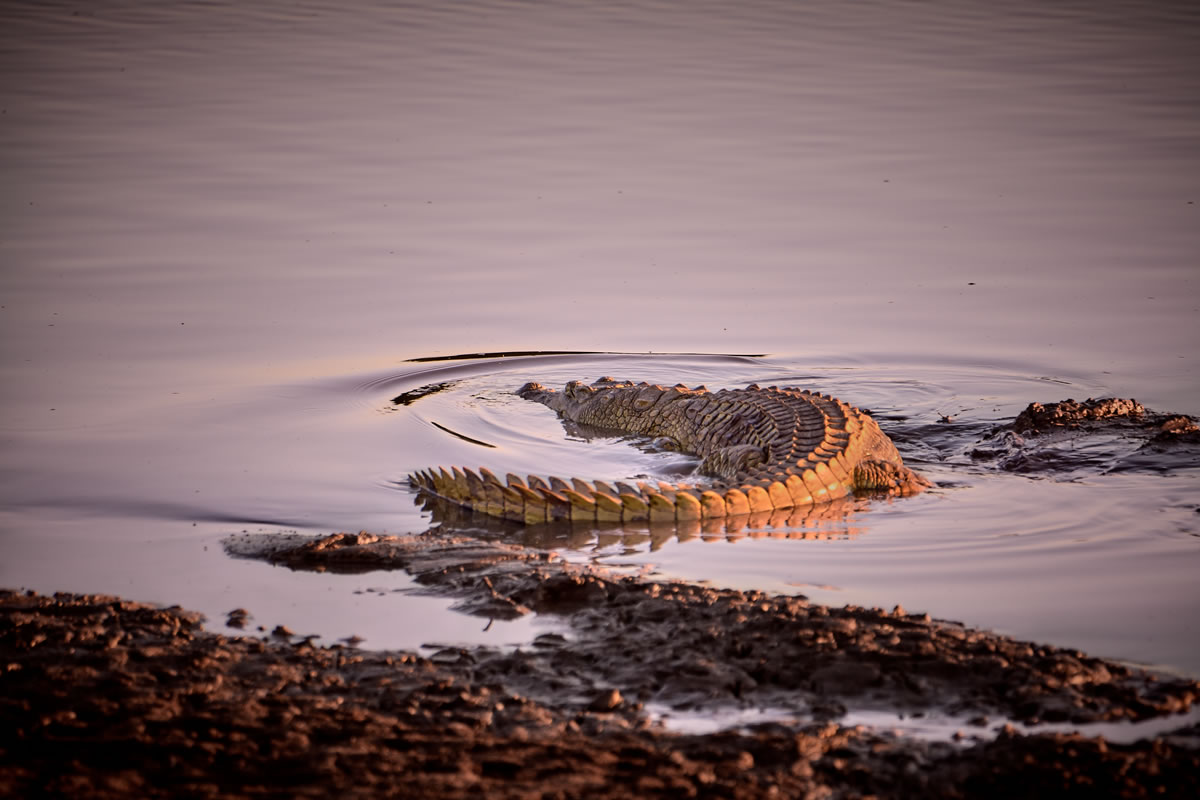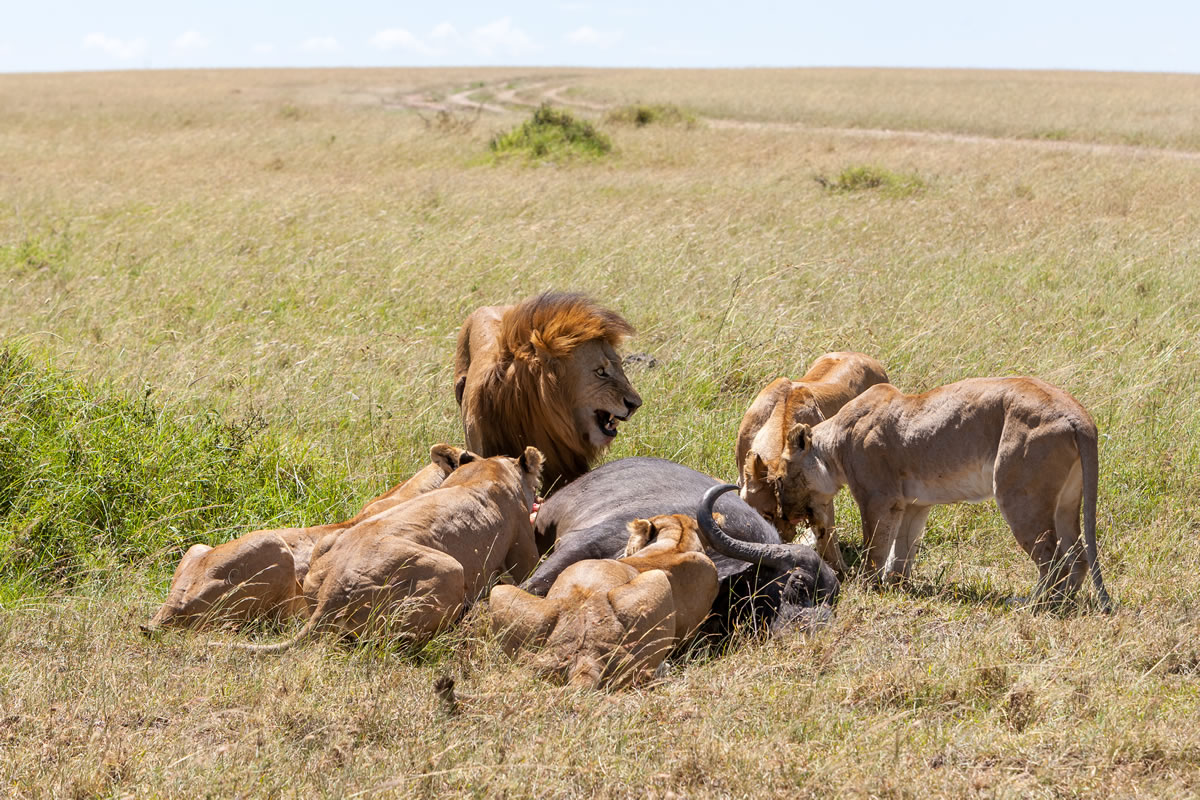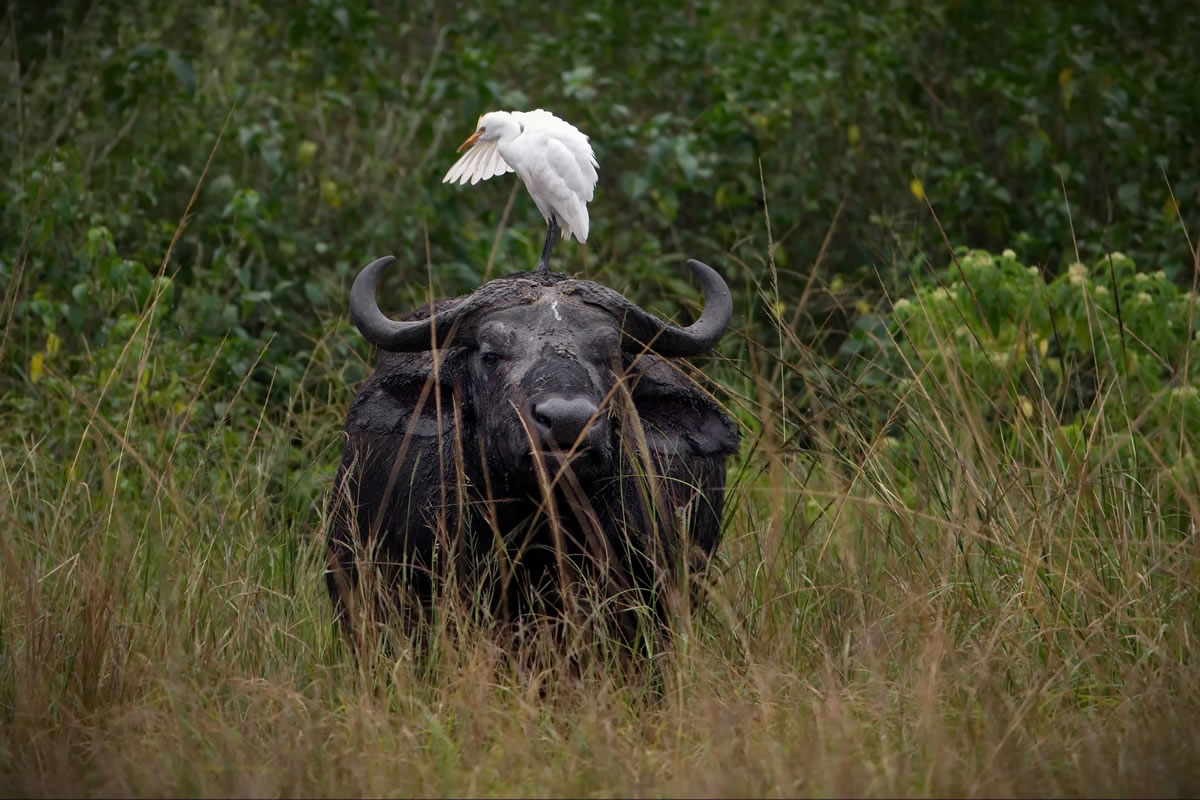Kafue National Park
Kafue National Park
Found in the centre of western Zambia, Kafue is the oldest and largest of Zambia’s national parks. It covers a massive 22 400 km² / 8 650 mi².
Founded in the 1920s and formally established as a national park in the 1950s by the legendary Norman Carr, Kafue is one of the largest reserves in the whole of Africa. Despite its size and prominent location only two hours’ drive from Livingstone, it remains little-known and largely unexplored with vast tracts of its virgin bush still untouched. Thanks to its size and variety of habitats, Kafue holds a fantastic diversity of wildlife.
In recent years it has seen a well-managed growth in the number of safari camps and lodges that operate in and around the park. This interest has brought with it more visitors and investment to the area, notably in infrastructure with a number of well-graded roads and airstrips.
As a consequence of the increasing interest and benefits in terms of investment this brings, the wildlife is beginning to enjoy an increased level of protection by the Zambian Wildlife Authority (ZAWA), always aided and supported by the operators in and adjoining the park.
- Area: 22 400km² / 13 900mi²
- Founded in: 1924
- Provinces: North-Western, Central and Southern Zambia
- Co-ordinates: -14.386797,26.152954
Temperature-wise, Kafue is mild due to its altitude, averaging 1 100m / 3 600ft above sea level. It is generally cooler compared to the Luangwa or Zambezi valleys in October and November and, in fact, Kafue reaches 0°C / 32°F in winter (June to August) in some areas.
The park is well serviced by a number of all-year airstrips, notably at Chunga, Ngoma and Lufupa that enable tourists to make the most of the park in any of its ever-changing seasons.
The dry season runs from June to October, with most of the park being inaccessible during the wetter months of November through to April. Inaccessibility, however, need not be a deterrent to those wanting to visit Kafue in the ‘green’ season as it is a spectacular time of year and the lush greenery is something really to behold. The trick is visiting the camps that do stay open for 12 months (or as close as possible to) in the central and northern sections of the park.
It is possible to reach the Itezhi-Tezhi Dam all year round, too. The dry season does, however, enable better driving and game is generally easier to view in the drier months.
The Busanga Plains area is still strictly only accessible from early July (depending on water levels) until early November. This area is a floodplain and unless you enjoy swimming with crocs and hippos then unfortunately you must visit in these months! There is an airstrip at Busanga that facilitates access to the camps, some of which don’t operate in the green season.
Boat cruises are available from most of the river-based camps and lodges and are available all year around, although water levels do change dramatically through the year. Fishing is possible at selected spots only and there are restrictions on the number you catch and keep for the pot. There is a strict off-season to allow spawning and breeding without disturbance (between November and March).
Canoeing trips are also available, notably at Kaingu.
Kafue is not about the sheer numbers of wildlife you see; it is about the diversity of wildlife. This is not to say Kafue does not have healthy populations of many of the more charismatic species of animals because it does, but if you are looking for the ‘Big 5 in 24 hours’ experience then you will miss the point of this special place.
Kafue is home to more species of ungulate than any national park south of the Congo Basin. Rare and elusive antelope such as blue and yellow-backed duikers occur in the thickets, sitatunga and lechwe in the swamps, roan, sable and hartebeest in the miombo woodlands… the list goes on.
The park is regarded as one of the best places in Africa to find leopard. In certain areas and times of year these secretive and elusive predators are frequently seen, especially on night-drives (allowed in the Kafue) and even from afternoon boat cruises along the Kafue River in the hotter months when they come down to drink.
A rarity for Zambia is the cheetah. Cheetah aren’t found in the South Luangwa or Lower Zambezi National Parks and only occur in the west of Zambia, with Liuwa Plains and the Kafue holding the last viable populations of this rare and charismatic predator. In Kafue, cheetahs are not solely restricted to the plains; in fact, they do very well in mixed woodland and riverine areas, where they can be found preying on puku and impala, among other antelope.
Cheetah are found throughout the Kafue, from Nanzhila in the south to Busanga in the north.
The African wild dog is a highly sought-after sighting; these exceptionally rare and elusive predators are not easy to find. Kafue has, however, what some might say the largest population of this species compared to any other national park in Africa. Packs can be found on both sides of the Kafue River and in almost all habitat types, from dense woodland to riverine and dambo areas. This species receives much-needed and warranted interest in Kafue from various conservation organisations. In 2011 the Zambian Carnivore Programme began baseline studies of wild dog in Kafue.
The Kafue River and its tributaries are a hive of activity and home to pods of hippo and some of the largest crocodiles in southern Africa. As the bush dries out towards August and September it is not uncommon to watch elephant frolicking in the water and swimming from bank to bank, with their trunks holding on to the tails of the individuals in front.
Thousands of red lechwe can be found as far as the eye can see at the Busanga Plains, often in the company of some of Africa’s most relaxed herds of roan antelope and large herds of buffalo. As a consequence of this rich environment birdlife is equally prolific, with flocks of pelican, egrets of many species and the most numerous gatherings of open-billed storks that spiral skywards in their thousands in the late afternoon.
Busanga is one of the few known breeding sites for endangered wattled cranes and it is not uncommon to see large aggregations of these rare birds, sometimes in mixed flocks with the iconic crowned cranes that scour the plains in search of food. Busanga is famous for its predator sightings, notably lion. The Busanga prides are well known by the guides at the safari camps situated on the plains and nobody can give you a better insight into the dynamics of this fascinating population.
There are few parks in Africa in which sightings of these more unusual species are so possible: pangolin, bushpig, spring hare, monitor lizards, aardvark, numerous mongoose, civet, serval, caracal, wild cat, bush baby, grysbok, oribi, roan, honey badger, otters, sitatunga… the list goes on and stops only at 158 recorded species of mammals!
Kafue is a birder’s paradise. Thanks to the outstanding array of habitat types, the plethora of birds stands at over 500 recorded species, roughly as many as the whole of Europe. With too many to mention here, some notable ticks are: Pel’s fishing owl, black-cheeked lovebird, Chaplin’s or Zambian barbet (Zambia’s only endemic bird), wattled and grey crowned cranes, African finfoot and Bohm’s bee-eaters.
Even in the camps, some outstanding birding can be had, with entertainment from beautiful paradise fly-catchers and kingfishers to the diminutive and iridescently coloured sunbirds. The woodlands are home to racket-tailed rollers, flocks of helmet shrikes and flitting sooty and Arnot’s chats. Soaring above the bush are raptors large and small, from African hawk-eagles to the magnificent black-chested snake eagles.
Over the grass plains come pallid and Montagu’s harriers, lesser kestrels and the European Hobby, all making the most of the termite hatchlings before the rains.
